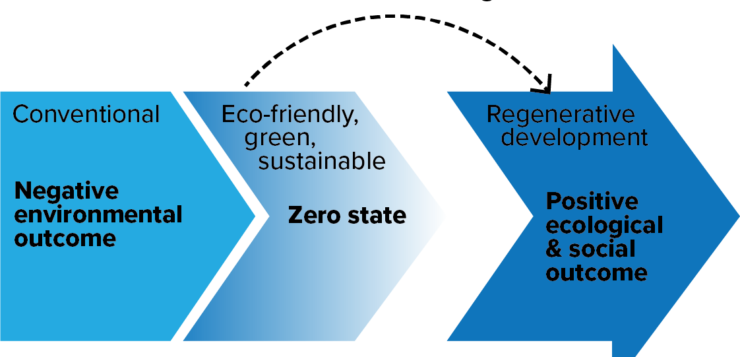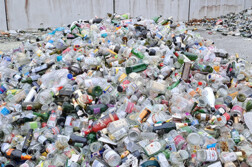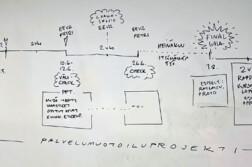Regenerative design is a holistic approach to designing the built environment that seeks to not just minimize negative impacts, but to actively improve the natural systems and resources that support life. This approach goes beyond traditional sustainable design, which aims to reduce the use of resources and minimize negative impacts, to actively enhancing the local environment and community. Educators have an essential role in leading the transformation from sustainability to regenerative design in the society. Talonäyttely 2024 organised in Valkeakoski is one instance, where the principles of regenerative design in built environment is put to practice.
Transformation from sustainability to regenerative
John Fullerton has outlined the necessity of transforming from the conventional, business as usual thinking, towards regenerative thinking. When considering built environment, we can clearly identify the progress from business as usual to green, and with the introduction of United Nations Sustainable Development Goals also towards sustainable built environment. However, it is important to understand that sustainability in built environment is just the balance point where we give back as much as we take. Martin Brown and Edeltraud Haselsteiner have argued that we no longer have the luxury of just being less bad and that we must aim for being better. Restorative is a step forwards from the balance point towards positive outcomes, where social and ecological systems are being restored to a healthy state. Even better, regenerative is enabling social and ecological systems to maintain healthy state and to flourish and evolve.
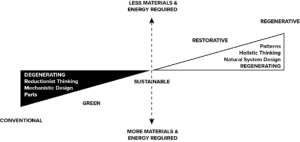
The students that inherit the future and have the responsibility of making positive change in the society need to be equipped with emerging strategies, approaches and tools that not only ensure a sustainable, but a regenerative future for humankind and the planet we live in. In the present moment a shift in thinking from a zero state towards positive ecological and social outcomes is required. Zero state is the point where we give as a much as we take from the natural systems, whereas regenerative development aims for positive outcomes that is giving more than we take, as illustrated by circular economy experts Diana Kopeva, Thomas Panagopoulos, Zeljka Kordej De Villa, Zaneta Stasiskiene, Nikolay Shterev and Milen Baltov.
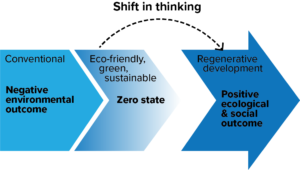
Restorative and regenerative change in built environment
Restorative and regenerative change of built environment requires a participatory design approach and involving several disciplines and points of view to the design. From the perspective of construction, materials and resources that are sourced within the local area, and which can be replenished or regenerated easily should be favored. Another perspective is the use natural systems to provide essential services in the built environment. For example, building design can be used to capture, store, and distribute rainwater for irrigation and other uses, rather than relying on municipal water systems. Similarly, regenerative buildings can incorporate green roofs and walls to improve air quality and provide habitats for wildlife.
Implementing Regenerative Design Thinking in Talonäyttely 2024
City of Valkeakoski is organizing Talonäyttely 2024, Housing Show 2024, which features 15 new properties for sale in the Juusonranta area. The main idea is to have quality of life without a Hollywood budget. Themes for area and builders are affordable living, greener houses, compact square meters, and functionality. Every-day-life luxury comes for example from the area’s location.
To advance regenerative design, HAMK Design Factory will organize a collaborative project combining the expertise of electrical and automation engineering students from Valkeakoski campus together with horticulture students from Lepaa campus to ideate new, regenerative ideas to Juusonranta area. The main catch for the builders is that they will get 5-25% discount on their future plot, depending how much they will utilize sustainable, restorative, or regenerative ideas during building or future living.
This collaboration in Talonäyttely 2024 will be the first step in advancing regenerative thinking in the region, as well as, reinventing how to the educate HAMK students as future experts in regenerative design.
Authors
Jari Jussila & Sanna-Maaria Siintoharju.

